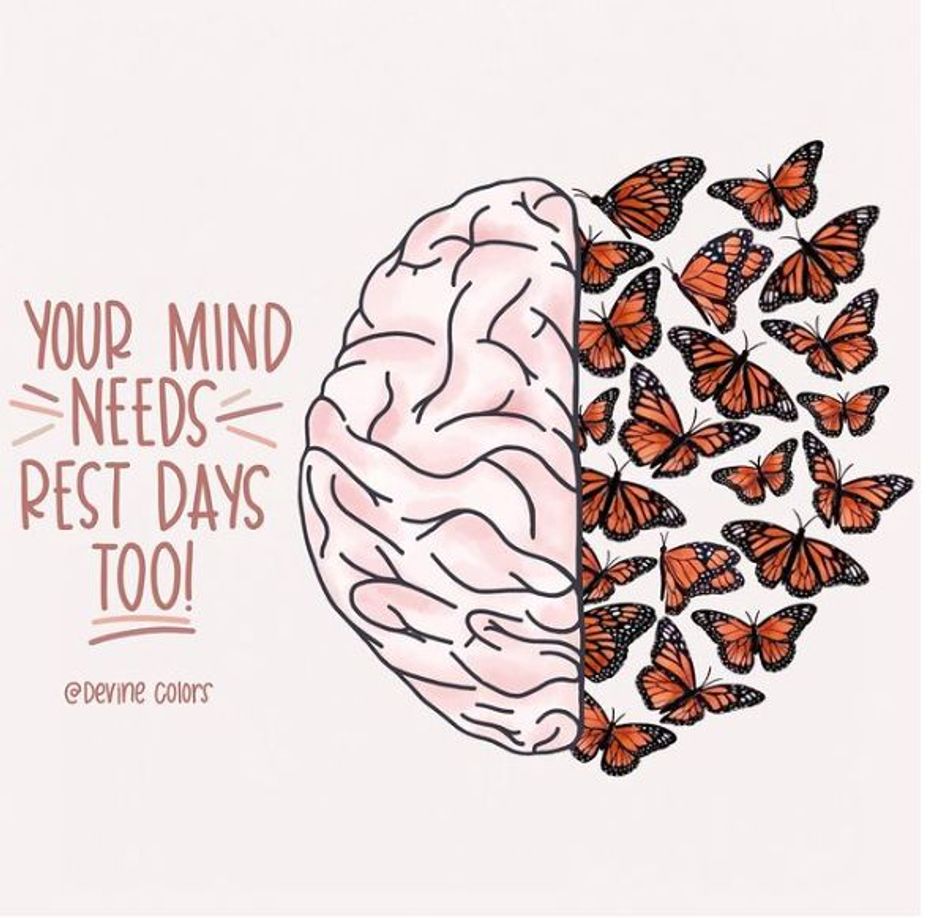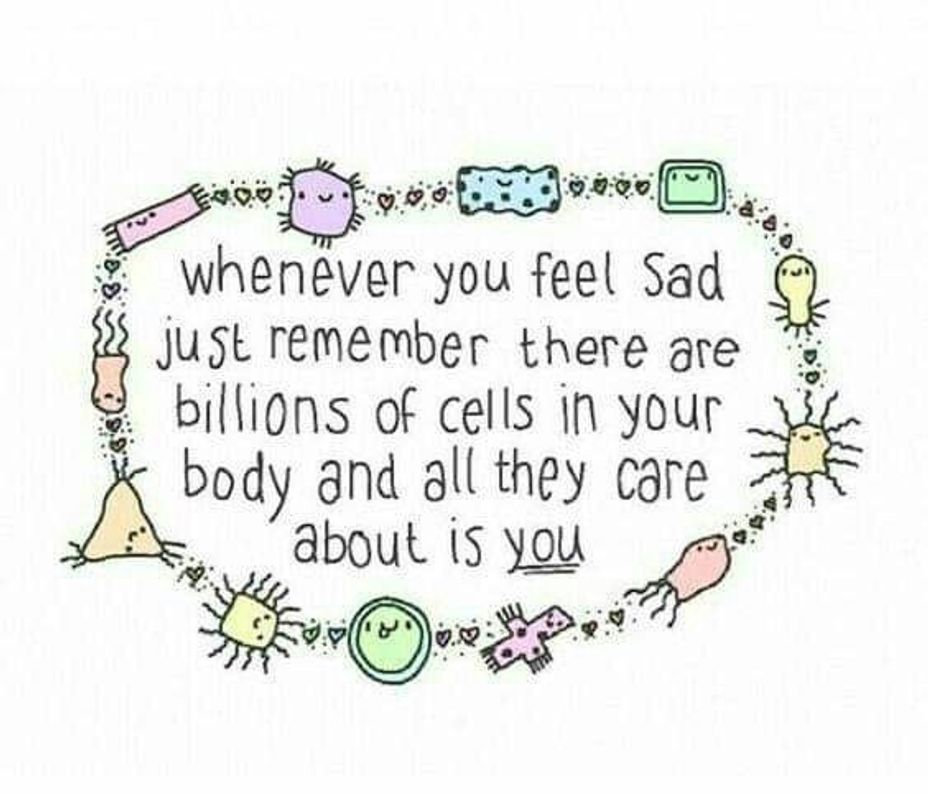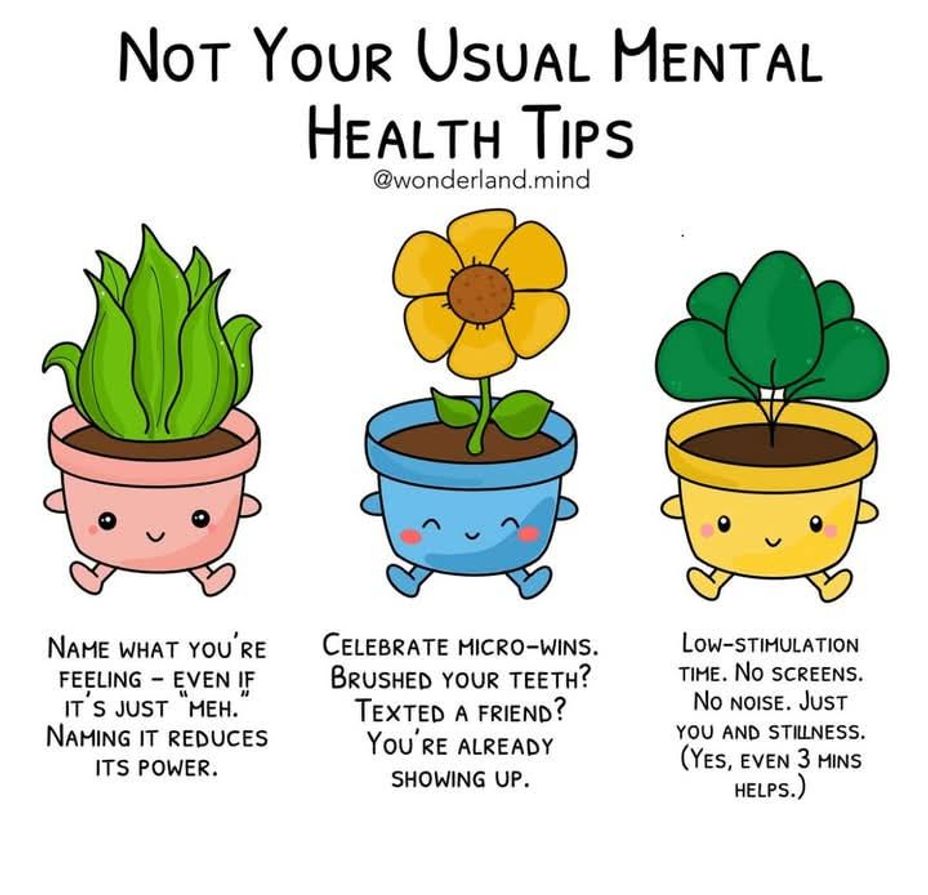What Is Trisomy 18?
What Is Trisomy 18?
Trisomy 18 or Edwards Syndrome is a severe genetic disorder that is caused by a person being born with an extra copy of chromosome. This can in turn lead to significant intellectual disabilities, developmental delays, medical issues, and physical malformations, and a short life expectancy. With that being said, management and treatment for this rare genetic disorder is often complicated and involves things like palliative care, supportive therapies like physical, speech, feeding and occupational therapy. Oh and sometimes life-prolonging interventions for heart defects or breathing issues that are tailored to the child's specific needs and family preferences.








